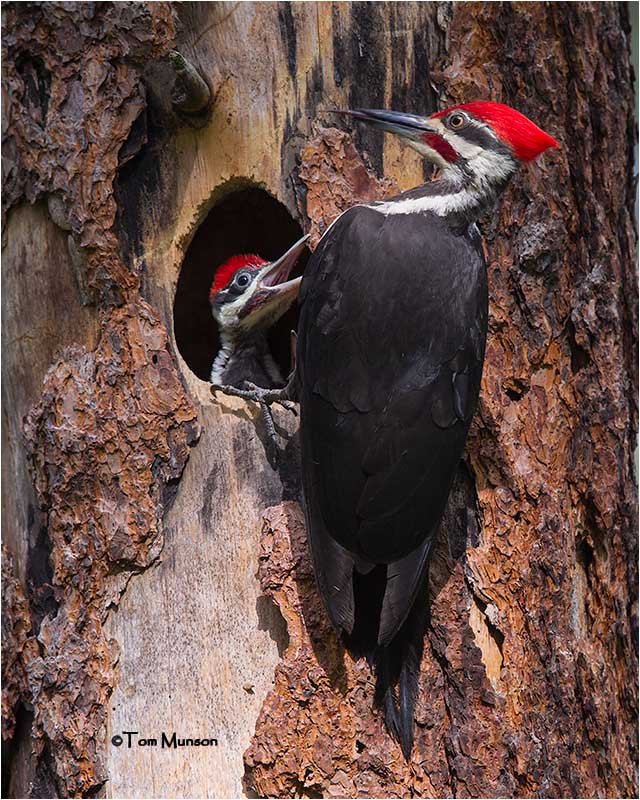Tuning In to Bird Radio
Up early with those first-to-sing robins, warbling their “cheerio-cheerup” phrase, I gathered my gear, including strong black coffee, and headed to Turnbull National Wildlife Refuge, a dozen miles from home. How lucky I am to live so close to this public land, southwest of Spokane.
As one of about seven Turnbull volunteers who conduct breeding songbird surveys during May and June, I needed to scout some routes and tune up my ear. You see most of the birds we count are heard and not seen. With more than 124 breeding bird species at Turnbull, listening and refreshing my memory to bird calls pays off. Scouting the routes usually prevents me from getting lost. Usually, but not always.
We start each count at sunrise which is before 5:00 AM in June. Depending on the route, I’m usually done before 9:00 AM. Each route has several stations or points, marked by a metal fence post. Once I arrive at a station I wait one minute, then start recording all birds seen or heard within a 50-meter radius. After ten minutes I stop counting, complete the form for the station, and move to the next point.
In addition to species and sex, I record the distance a bird was seen or heard from the point center, the type of observation – song, call, or visual − and any notes that might be of interest, as well as wind, sky conditions, and temperature. These weather variables can affect how many birds I detect. If I wake and it’s raining hard, I pull up the blankets and go back to sleep because birds are harder to detect in the rain. Each survey route is visited once by three different people during the breeding season.
Sometimes I want to chase an unknown bird, to study its field marks or listen longer for a song but I keep to a strict schedule. After I count the last bird, I can linger and lollygag or search for that mystery bird at point number three.
So why collect bird data and how are these data used? Bird counts reveal whether a species is present or absent and help biologists track species trends. They also help biologists understand how habitat conditions influence birds. Detailed habitat information collected from each point count, helps link bird abundance with particular habitat features. For example, many bird species that nest in snags benefit from forest burning that creates more snags. Comparing relative bird abundance between areas thinned or burned to untreated areas helps managers determine the effectiveness of these management tools. While one year of bird data may not reveal much, Turnbull staff and volunteers have counted some of these routes for more than 20 years.
House wrens are one of the most plentiful birds I see (and hear) during counts. Both male and female house wrens sing exuberantly − a loud complex musical trill rising and falling in pitch. At some locations I may have more than four house wrens singing or scolding. At other locations, they are nonchalant, almost secretive. But then one of these compact brown birds sneaks out of a nest cavity, dropping a fecal sac – excrement from their nestlings. I make note that this point has an active nest on the field form.
Another cavity nesting songbird adds color to the counts. The male western bluebird, a small thrush with a brilliant blue head, back, tail and wings and rusty breast sings a soft song – “cheer, chup.” Females are mostly buffy gray with a light orange breast. I often see western bluebirds sallying – leaving a branch, flying to catch an insect on the ground, then returning to the perch.
One day I stumbled on a wild turkey nest − a well-hidden depression on the ground at the base of a ponderosa pine. The hen slunk off, low to the ground, until lifting her huge wings she rose. The nest, lined with pine needles, was empty but probably not for long.
I do not count mammals during bird surveys I try to note when I see one. The exception is the red squirrel. They frequently weigh in their disapproval of my presence in their territory, scolding and chattering, interrupting my bird reverie. I often spot lone porcupines high in the trees. They seem indifferent, having nothing to fear from a human watching them 25 feet below. But a cow moose is another story. These large powerful ungulates can move quickly, especially when they have calves to protect. Although my bird route may be in open ponderosa pine, I am always wary of seeing moose during spring and try to make plenty of noise while moving from point to point.
Although I may lament the 4:00 AM alarm, I always love being out early during spring, watching the pink blush of the rising sun, feeling its warmth as the day progresses, winding my way through the tall pines. Every now and then I lose my way. Turnbull’s flood-scoured landscape, though mostly flat, can be deceiving. But I don’t panic. Instead I take a deep breath, reorient to my last point and listen for those birds I just counted. The bird calls are the clues to getting back on track. And sometimes those pesky red squirrels help too.
If my hearing fails, I’ll need to stop but for now I’ll keep tuning in to bird radio.
Original published in North Columbia Monthly, June 2017
